Specifically I am trying to build a room roster for a conference from the registration data.
I need to search a column of room numbers (Registration!K:K), and when that exact room number shows up (i.e. 111), I need to have the persons name listed in the cell next to it (registration!a23 for instance) to be pasted into one of 6 cells on another sheet that are designated for room 111. There will be 4-6 instances of each room number showing up on the Registration sheet, so I need to have 6 cells on the Room Roster sheet (RoomRoster!b2;b7) that will be filled with the (different) names of those who have been placed in room 111. I want to make sure I don't have the same 6 names, but that it finds each instance that room 111 is listed next to a name without duplicating.
I can then repeat this formula for each additional room number that people are placed in.
ANY help would be appreciated! I have a countif formula setup to tell me how many are in each room, but it would be AMAZING if I could get the actual names listed as well. And if my request is unclear, please feel free to ask me to explain.
Thanks!
Tyler

